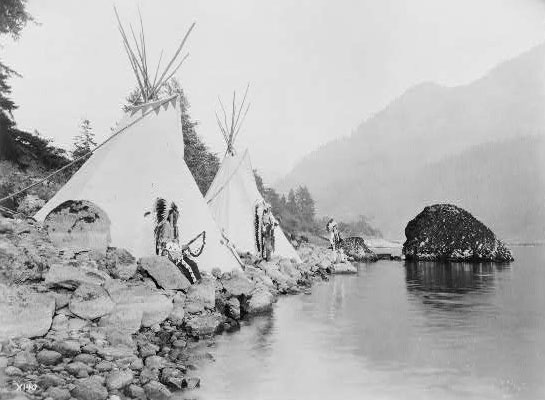
Teepees as seen above were a typical dwelling of many Native Americans living on the Great Plains. They were usually made by arranging poles into a cone-shape frame, with an opening at the top to release smoke from fires that burned within the teepee, and then wrapping animal skins over the frame for insulation. Teepees were especially good for nomadic tribes or hunting parties because they were easily transported from one location to another, and provided protection from the weather.
Fun Fact: Because of the adaptability of the teepee to prairie life, Gen. Henry Sibley used it as a model for the tent that bears his name.
Photo source: Library of Congress
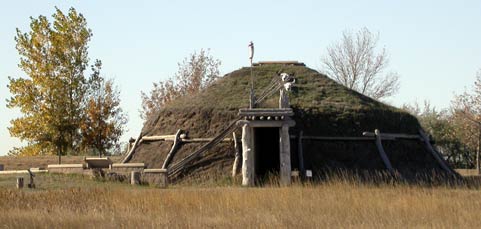
As shown in the image above, the earth lodge of the Northern Plain Indians was a circular, dome-shaped house, usually made of posts and beams that were covered with branches, grass, and earth. Like a teepee, an earth lodge usually had an opening in the center of the roof for smoke and an earth floor. Each earth lodge was home to an extended family of 10 to 30 people.
Fun Fact: Each earth lodge stored surplus food, such as corn and sunflower seeds, in a bell-shaped hole called a cache pit.
Photo source: Library of Congress
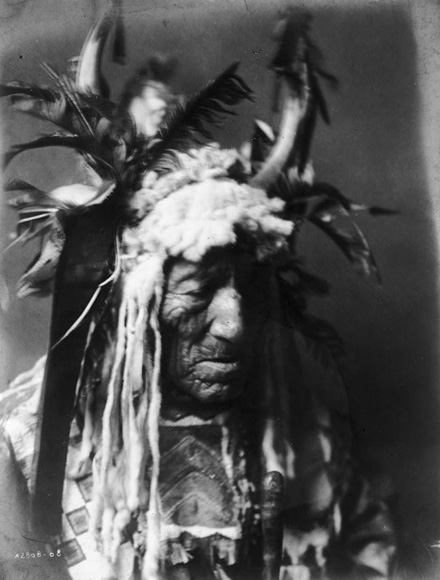
In many tribes of Northern Plains Indians, the primary occupations of men included raiding and hunting---both difficult and dangerous tasks. In times of conflict, men went to war and a war chief, like the Hidatsa chief Lean Wolf pictured above, assumed leadership of the village.
Fun Fact: In addition to hunting, raiding, and fighting, men also spent time seeking spiritual knowledge.
Photo source: Library of Congress
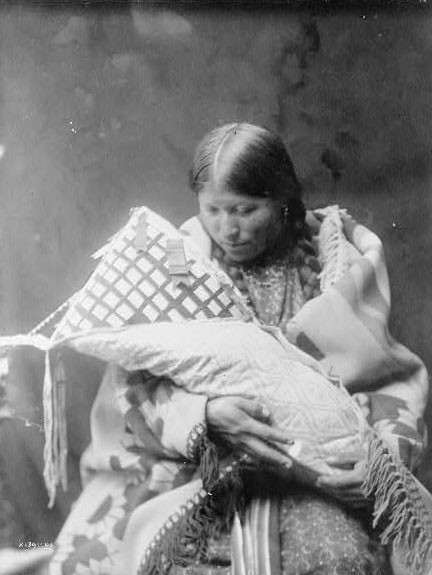
Women who lived in Native American tribes on the Great Plains were responsible for performing domestic tasks, such as growing and preparing food, maintaining the home, and looking after children. Family earth lodges and teepees were usually owned by women of the tribe or a woman's family. Upon marriage, men moved in with the woman's family. In addition, all game hunted and killed by men became the property of women.
Fun Fact: Young girls often played house with miniature teepees that they made of decorated hide given to them as presents.
Photo source: Library of Congress
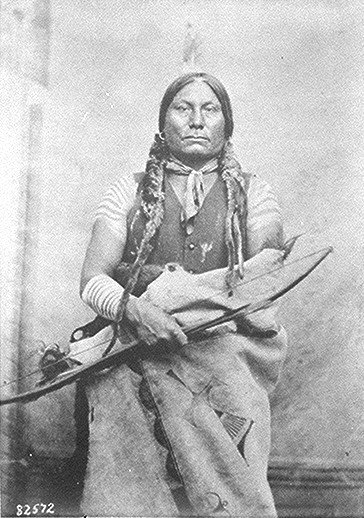
Some tribes of the Great Plains, such as the Sioux and Blackfoot, were more warlike than others, and often engaged in battle often. The primary weapon used by Plains Indians was the bow and arrow as pictured above, held by a Sioux male. Men also used guns, clubs, tomahawks, lances, shields, and knives in battle.
Fun Fact: When peace was reached with an enemy, some Native Americans ceremonially buried a tomahawk. The expression, "burying the hatchet," was derived from this custom.
Photo source: National Archives (111-SC-202199)
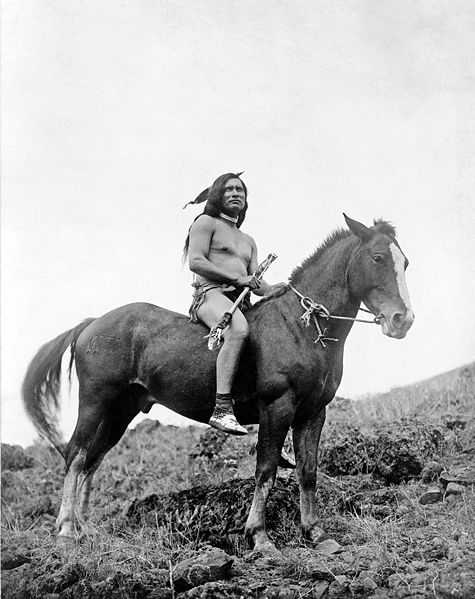
The introduction of horses to Native American people on the Great Plains had a huge impact on their culture, improving their ability to hunt, fight, and travel. Horses were introduced to the Plains people by the Spanish in the 18th century. Acquiring horses allowed Native Americans greater mobility---former agriculture-based tribes of the river valleys became nomadic hunters, creating a new life on the Plains.
Fun Fact: Plains people bred and traded horses with other Indian Nations.

The buffalo, as pictured above, was the main source of livelihood for Native Americans living on the Great Plains, supplying almost everything they needed to survive, including food, clothing, housing, and tools. Hunting parties were chosen and planned by a respected hunter. For an individual male and his clan, prowess in both battle and hunt led to status in the village. Native Americans respected and honored the buffalo, praising its spirit before every hunt with a ritual dance.
Fun Fact: Native Americans considered the buffalo's tongue to be the best part of the meat.
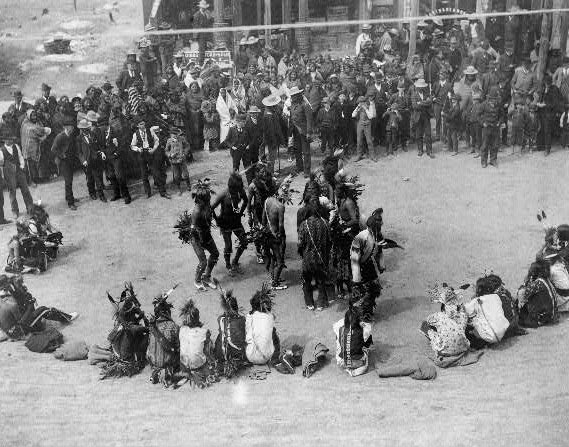
Northern Plains Indians held ceremonial dances as a celebration, most often for the cure of disease, success in a hunt or battle, and good fortune in a family or tribe. An example of a Cheyenne powwow dance in Montana is pictured above.
Fun Fact: Probably the most well-known ceremonial dance, the powwow, is an Anglicized word of the Algonquian term "pau-wau," meaning a gathering of medicine men or spiritual leaders.
Photo source: Library of Congress

Agriculture was the economic foundation for some Native American Plains people, such as the Hidatsa and Mandan tribes. Usually controlled by women and passed down through the women's family, the size of the family plot was determined by the number of women able to work the land. Traditional crops included corn, squash, pumpkin, beans, and sunflowers.
Fun Fact: Some sunflower plants can grow as tall as eight feet.
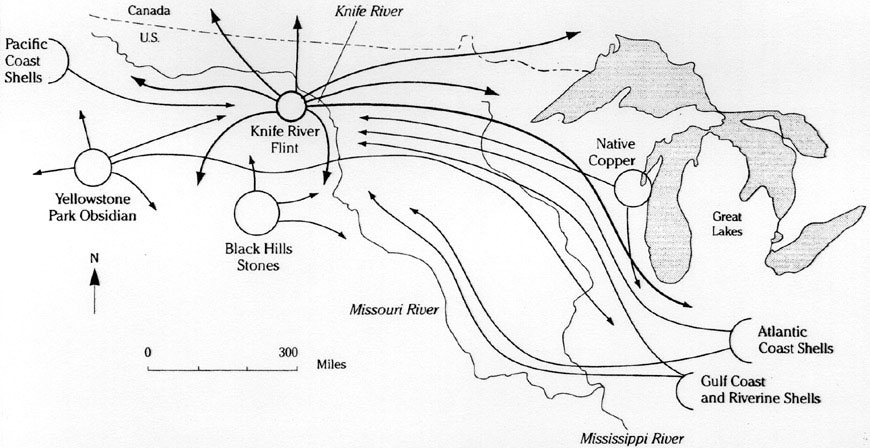
For centuries, trade was a major part of the livelihood for Native Americans living on the Great Plains. The Missouri River provided a trade transportation route for Native Americans, European, and American trappers and traders. Agriculture-based tribes traded surplus food to nomadic tribes in exchange for goods, such as animal hides, feathers, and meat. The map above shows the prehistoric trade route between tribes of the Northern Plains.
Fun Fact: The first contact between Northern Plains Indians and Europeans was European commodities, not the Europeans themselves, through a network of trade.
Photo source: Library of Congress
Dubai, United Arab Emirates

Dubai, United Arab Emirates
The Burj Khalifa, in Dubai, United Arab Emirates, was completed in January 2010 and became the world's tallest building at 2,716 feet (828 meters) and 160 stories. It contains the world's fastest elevators, 20.7 acres of glass, and is expected to use about 250,000 gallons of water per day. Designed by the firm of Skidmore, Owings and Merrill, Burj Khalifa features a triple-lobed footprint that was inspired by an abstract rendering of the Hymenocallis, a desert flower native to the area. The structure, which somewhat resembles the Sears Tower, is located in the heart of Dubai's bustling business district. A hotel occupies the bottom 37 floors of the building. Floors 45 through 108 house apartments, and corporate offices take up the remainder of the building.
Fun Fact: Fashion designer Georgio Armani opened the first Armani Hotel in the Burj Dubai and designed its interior.
Photo source: Thomas Doerfer
Taipei, Taiwan
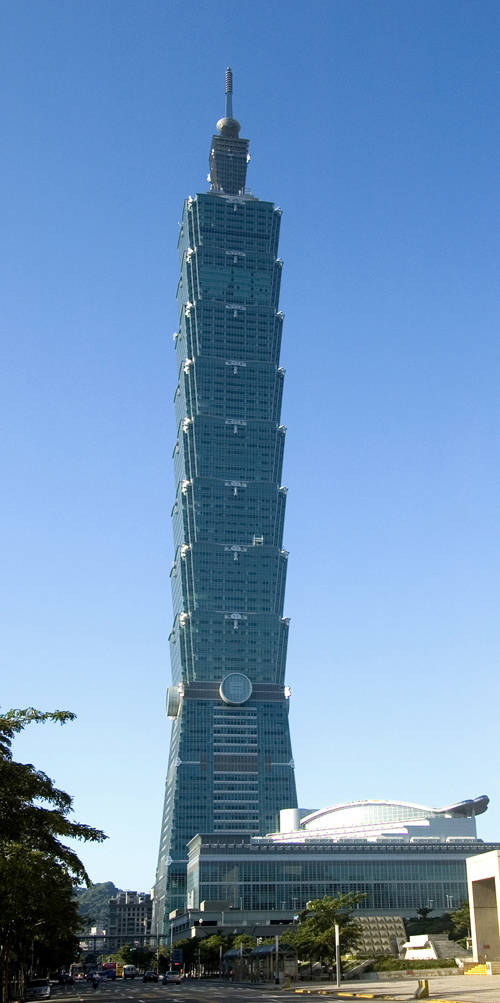
Taipei, Taiwan
With 101 stories that reach 1,671 ft (509 m) high, Taipei 101, also known as the Taipei Financial Center, became the world's tallest building when it was completed in 2003. Designed by C. Y. Lee & Partners, the multi-use steel-and-glass skyscraper echoes a traditional Chinese pagoda with its soaring podium base, eight tiers of eight stories (a number that is a homophone for prosperous growth in Chinese), and narrow pinnacle tower and spire. An 18-ft (5.5-m), 882-ton (800-metric-ton) ball-shaped damper located near the top counteracts swaying during earthquakes and typhoons. Source: Columbia Encyclopedia.
Fun Fact: From 6:00 p.m. to 10:00 p.m. every night, Taipei 101's lights are illuminated in one of the seven colors of the spectrum.
Photo source: Alton Thompson
Kuala Lumpur, Malaysia
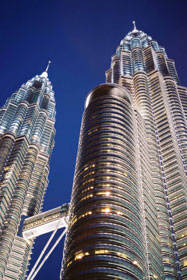
Kuala Lumpur, Malaysia
Completed in 1997, these two skyscrapers are the world's tallest twin towers. Standing 1,483 ft (452 m) high, they were designed by the Argentinean-American architect Cesar Pelli. The twin towers house Petronas, Malaysia's government-owned oil company, as well as associated Malaysian firms and multinational companies. Built of steel-reinforced concrete columns clad in stainless steel and glass, with a design based on geometric patterns originating in ancient Islam, the 88-story buildings are connected at levels 41 and 42 by a double-decker pedestrian skybridge, and each tower is surmounted by a 242-ft-high (74-m) pinnacle. At the lower level, the Petronas Towers also include a concert hall that is home to the Malaysian Philharmonic and a business reference library. Source: Columbia Encyclopedia.
Fun Fact: Several scenes from the film Entrapment were shot at the Petronas Towers.
Photo source: Ángel Riesgo Martinez
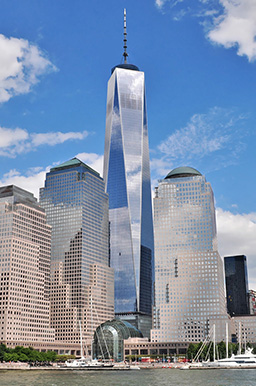
One World Trade Center soars above New York City at a pinnacle height of 1,776 ft, making it the tallest building in the United States; its spire makes it the fourth-tallest skyscraper in the world. The design by the firm of Skidmore, Owings and Merrill incorporates advanced life-safety systems and sustainable design. The 104-story building includes 3 million square feet of office space and features an observation deck. Source: http://www.wtc.com and http://www.panynj.gov
Fun Fact: Its height (1,776 ft) is symbolic of the year the Declaration of Independence was signed.
Photo source: Joe Mabel (Flickr) [CC-BY-SA-2.0 (http://creativecommons.org/licenses/by-sa/2.0)], via Wikimedia Commons
Chicago, Illinois
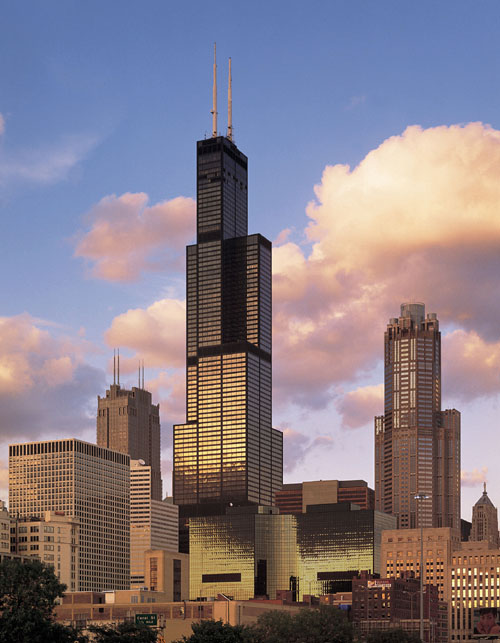
Chicago, Illinois
Willis Tower, formerly the Sears Tower, Chicago, is the second tallest building in the United States. Until the opening of the 1,483 ft (452 m) Petronas Towers (1997) in Kuala Lumpur, Malaysia, it was the world's tallest building. Constructed from 1970 to 1974 for Sears, Roebuck & Co., it rises 110 stories to a height of 1,450 ft (442 m); the 253 ft (77 m) television antenna topping it makes it the world's ninth tallest freestanding structure at 1,703 ft (519 m). Designed by the firm of Skidmore, Owings and Merrill, the building is supported structurally by square tubes of welded steel with floors suspended within the tubes, a technological innovation that was developed specifically for the mammoth skyscraper by architectural engineer Fazlur Kahn. The tower has an exterior of black aluminum and bronze-toned glass cut by black bands. It was renamed in 2009. Source: Columbia Encyclopedia.
Fun Fact: On a clear day, visitors can see Indiana, Wisconsin, and Michigan from the top of the Willis Tower.
Photo source: Soakologist
Shanghai, China
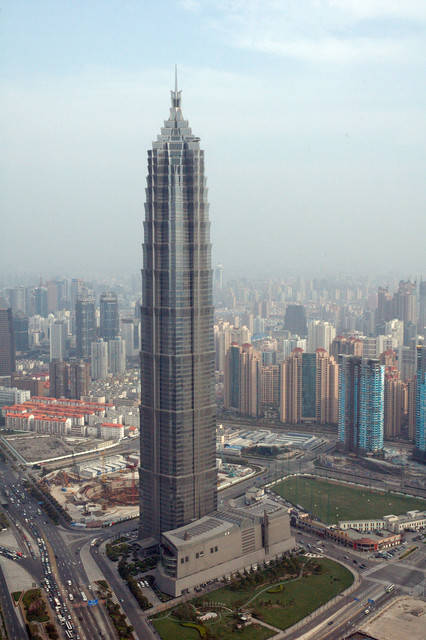
Shanghai, China
Completed in 1999 and standing 1,380 ft (420.6 m) high, the Jin Mao Building was China's tallest skyscraper when it was completed. The belief in Chinese culture that the number 8 brings prosperity factors prominently in the design of the building. The base of the 88-story structure is 16 stories high, and each succeeding section is 1/8th shorter than the one that precedes it. Shaped like a traditional Chinese pagoda, the composite steel-and-concrete structure was designed by the firm of Skidmore, Owings and Merrill. Continuing with the theme of the number 8, the building includes eight enormous columns of concrete and eight of steel that surround the tower's concrete core. Retail space occupies the base of the Jin Mao Building, and offices take up floors 3 to 50. The Grand Hyatt Shanghai Hotel resides on floors 53 to 87.
Fun Fact: The Grand Hyatt Shanghai Hotel is the world's tallest five-star hotel.
Photo source: Billatq
Hong Kong
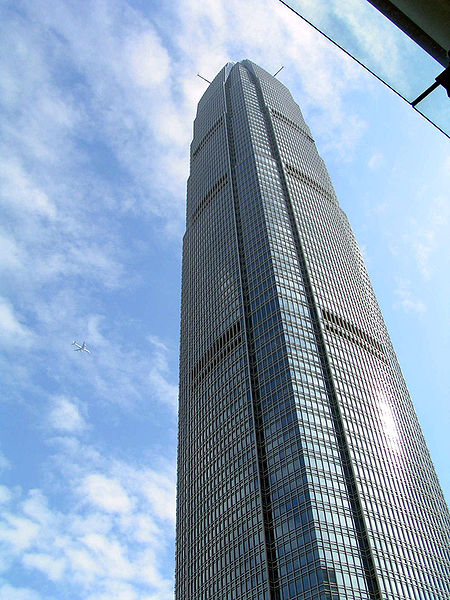
Hong Kong
International Finance Centre is composed of two skyscrapers: Tower One and Tower Two. The complex sits on the waterfront of the island's Central District. Airport Express Hong Kong Station, which is part of the city's mass transit system and links the financial district and the airport, is located directly below International Finance Centre. Tower One, which is 689 feet (210 m) tall and 38 stories, houses financial institutions. Tower Two, Hong Kong's tallest building, stands 1,362 ft (415 m) tall and rises 88 stories. Architect Cesar Pelli designed the enormous obelisk, which was completed in 2003.
Fun Fact: Several financial institutions operate out of the building, which boasts trading floors with 22-foot ceilings.
Photo source: Ronan Gicquel
Guangzhou, China
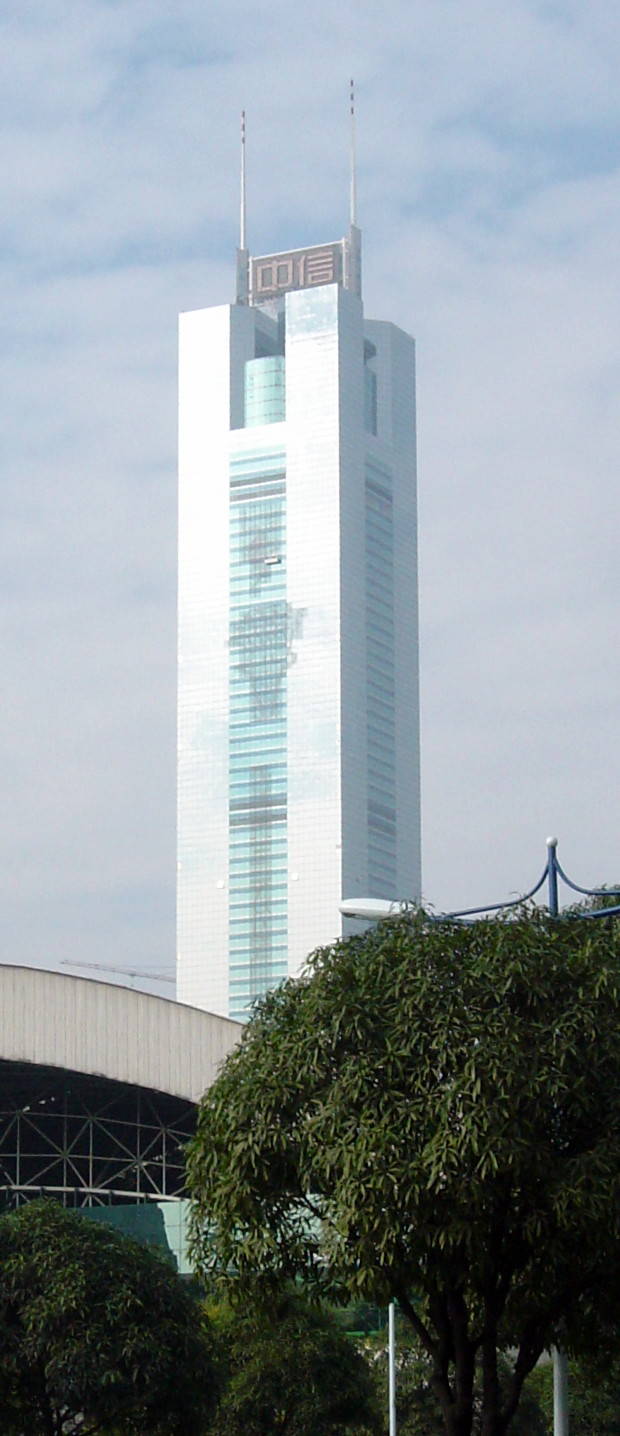
Guangzhou, China
At 1,283 ft (391 m) tall, CITIC Plaza was the world's tallest structure made of reinforced concrete when it was completed in 1997. The 80-story CITIC Plaza is surrounded by two 38-story apartment buildings. The structure houses the China International Trade and Investment Corporation (CITIC), other financial institutions, and a shopping mall.
Fun Fact: CITIC Plaza was the tallest building in Asia until the Petronas Towers were built.
Photo source: Thomas Doerfer
Shenzhen, China
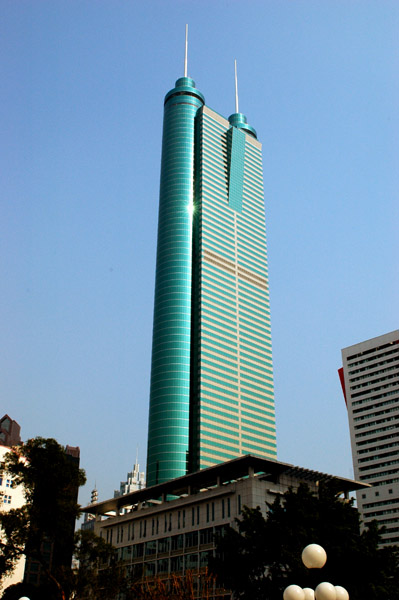
Shenzhen, China
Located in China's Special Economic Zone, Shun Hing Square rises to 1,260 ft (384 m). Its 69 stories include business offices; a 35-story annex includes residential apartments, a parking garage, and a 5-floor shopping mall. Completed in 1996, Shun Hing Square is the tallest steel building in China.
Fun Fact: Shun Hing Square was built at the stunning rate of four stories every nine days.
Photo source: shenzhenphoto.com
New York
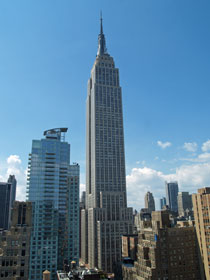
New York
Located in central Manhattan on Fifth Ave. between 33rd St. and 34th St, the Empire State Building was designed by the firm of Shreve, Lamb, and Harmon and built in 1930-31. For many years its 102 stories (1,250 ft/381 m high) made it the tallest building in the world. The construction of the World Trade Center ended its reign as the world's and the city's highest skyscraper, but it regained the latter distinction through misfortune when the Trade Center was destroyed in 2001 by a terrorist attack. An office building, the Empire State Building accommodates some 25,000 tenants. Source: Columbia Encyclopedia.
Fun Fact: On a very clear day the view from its highest observation tower embraces an area with a circumference of nearly 200 mi (320 km).
Photo source: David Shankbone
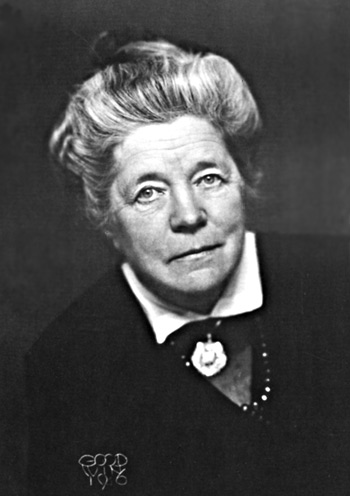
Fun Fact: Lagerlof's most popular work, Gösta Berlings Saga, was published in 1891, but did not receive notice until its Danish translation, which garnered her critical acclaim.
Source: Columbia Encyclopedia.
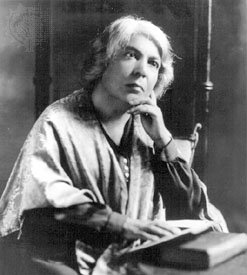
Fun Fact: Deledda first tried to have her stories published in a fashion magazine.
Source: Columbia Encyclopedia.
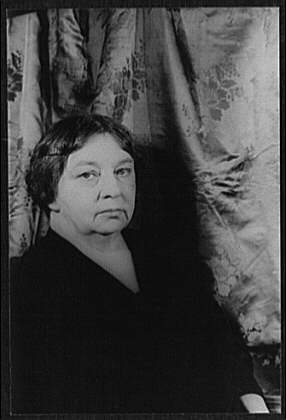
Fun Fact: Poverty forced her to do secretarial work for a time (1898-1908).
Source: Columbia Encyclopedia. Photo: Library of Congress.
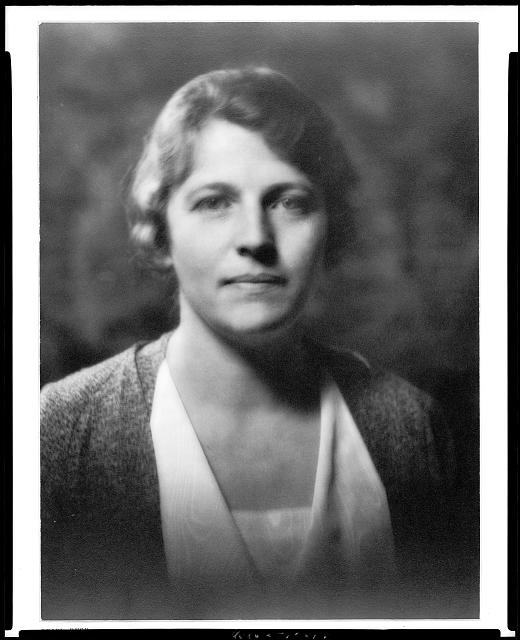
Fun Fact: In 1949 she founded Welcome House, which provided care for the children of Asian women and American soldiers.
Source: Columbia Encyclopedia. Photo: Library of Congress.
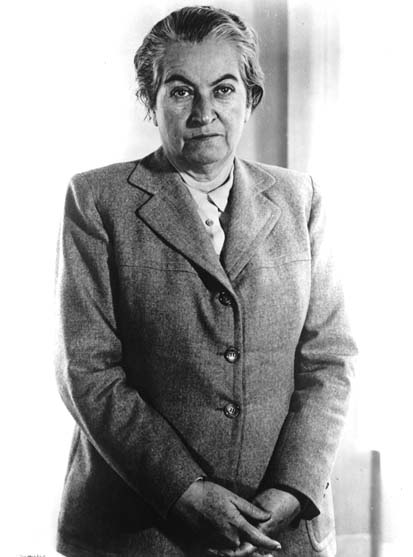
Fun Fact: Gabriela Mistral's original name was Lucila Godoy Alcayaga.
Source: Columbia Encyclopedia.
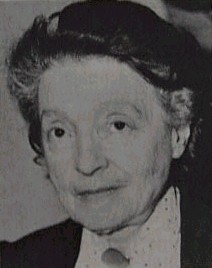
Fun Fact: Nelly Sachs shared the 1966 Nobel Prize in Literature with S. Y. Agnon.
Source: Columbia Encyclopedia.
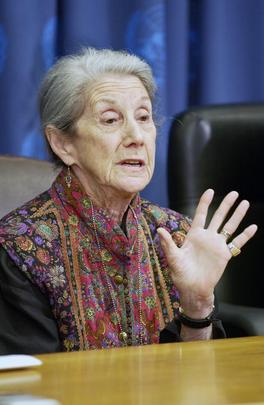
Fun Fact: Gordimer also won the Man Booker Prize for her novel The Conservationist, in 1974.
Source: Columbia Encyclopedia. Photo: UN.
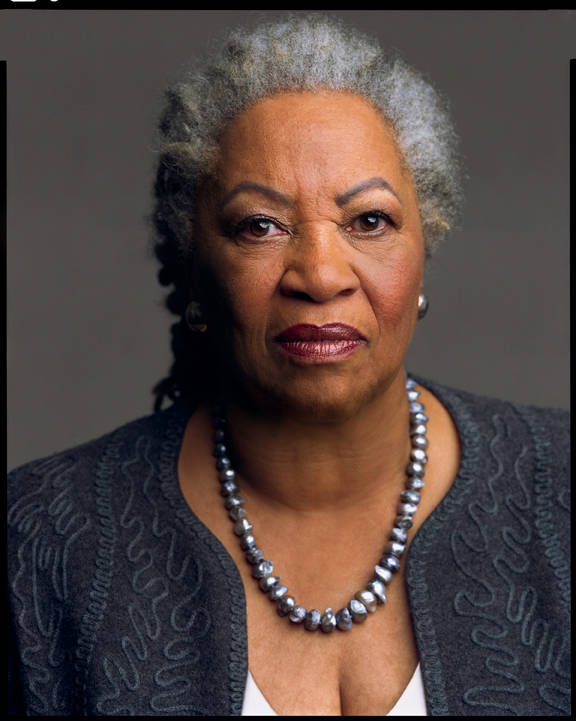
Fun Fact: Morrison was the first African American to win the Nobel Prize in Literature.
Source: Columbia Encyclopedia. Photo: Timothy Greenfield-Sanders.
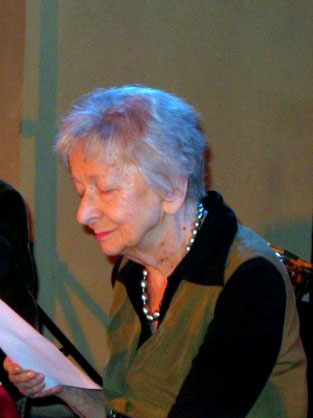
Fun Fact: She wrote Dlatego zjemy [That's Why We Are Alive] (1952) and Pytania zadawane sobie [Questions Put to Myself] (1954) under Stalinist pressure, and has since repudiated them.
Source: Columbia Encyclopedia. Photo: Michal Kobylinski.
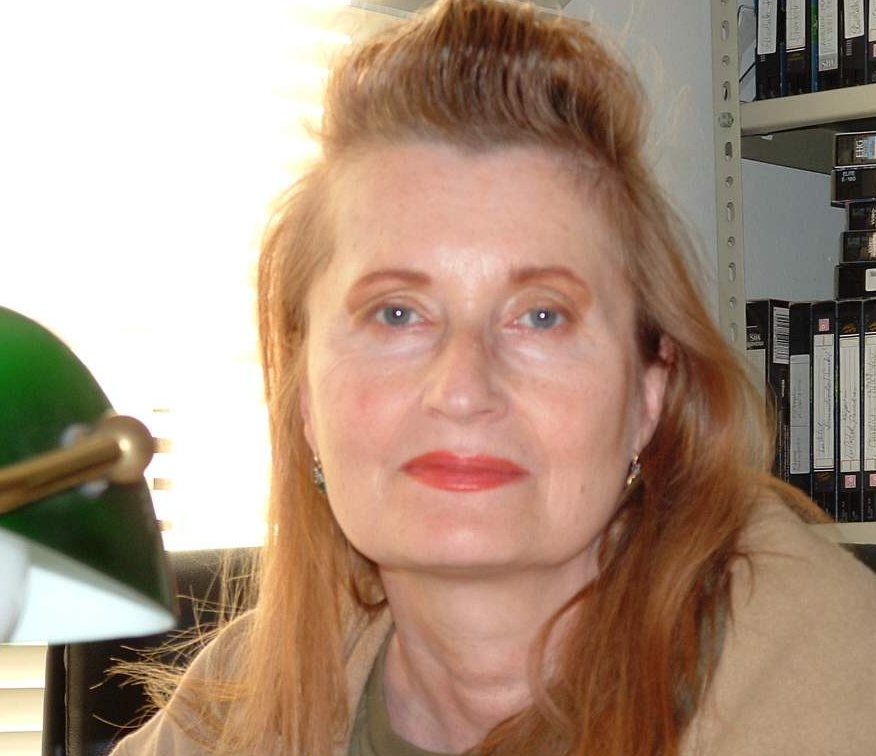
Fun Fact: Elfriede Jelinek is a trained musician who also studied art history and theater.
Source: Columbia Encyclopedia.
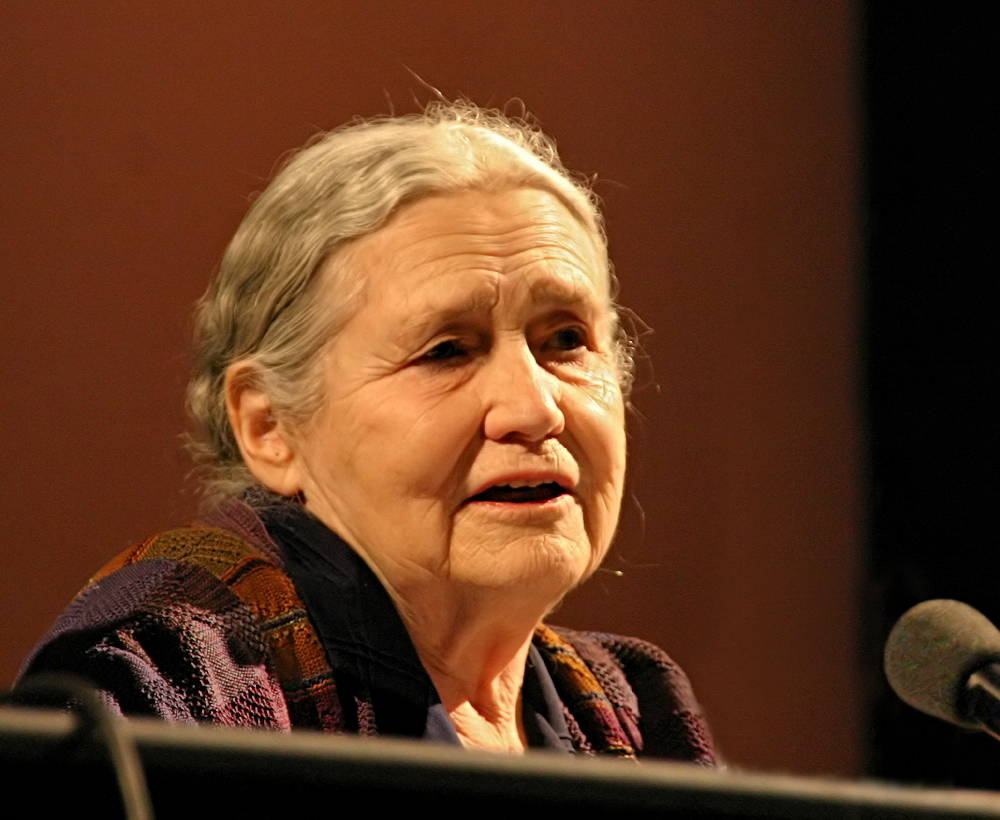
Fun Fact: She was brought up on a farm in Southern Rhodesia (now Zimbabwe). In 1949 she went to England, where her first novel, The Grass Is Singing, was published (1950).
Source: Columbia Encyclopedia.
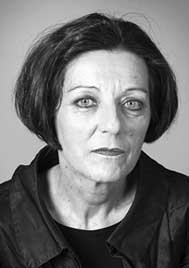
Herta Müller is a Romanian-born German novelist who became famous for her first work, Niederungen, when an uncensored edition of the book was published in Germany in 1984. She faced threats and interrogations for her criticisms of the Ceauşescu dictatorship, and in 1987 she emigrated to Germany. Her Nobel prize-winning novel Atemschaukel (Everything I Possess I Carry With Me) is about the deportation of the Romanian-German minority to the Soviet Union.
Fun Fact: Herta Müller worked as a translator and teacher before becoming a world-renowned author.
Source:http://nobelprize.org. Photo: U. Montan.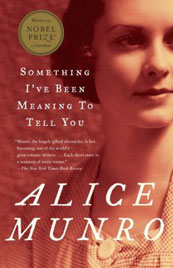
Canadian author Alice Munro is best known for her contemporary short stories. A masterful storyteller, she began writing stories in her teens and published her first works in her early 20s. Dear Life: Stories (2012) is her most recent publication. She is the first Canadian citizen to win the Nobel Prize for Literature.
Fun Fact: The film Away from Her is based on Alice Munro's short story "The Bear Came Over The Mountain".
Source:http://nobelprize.org.



